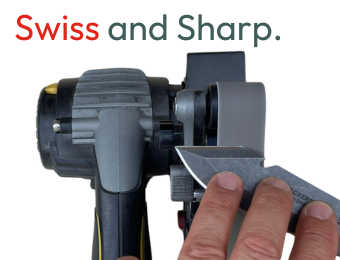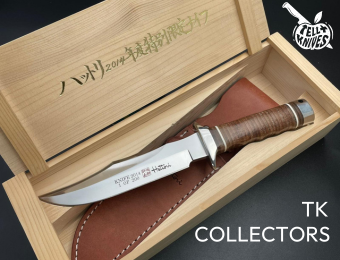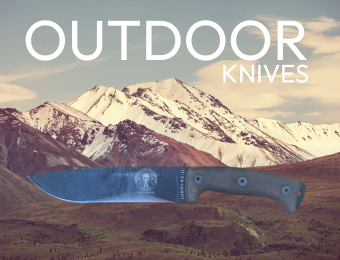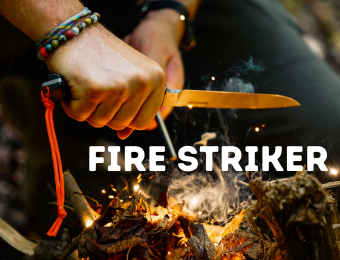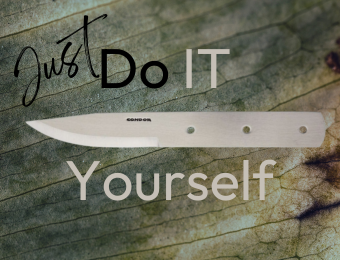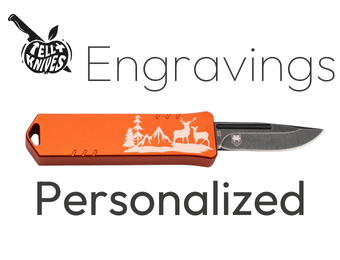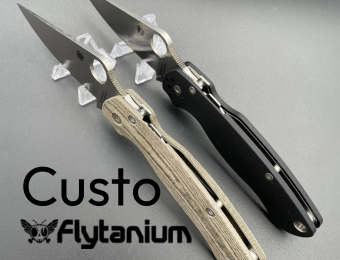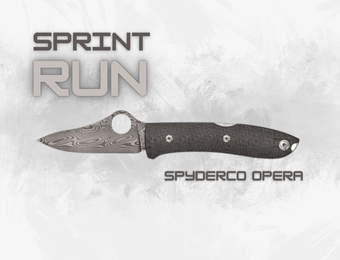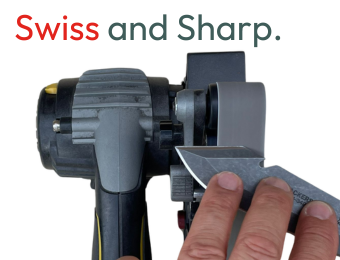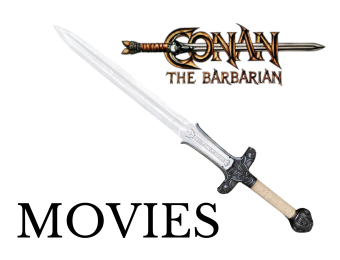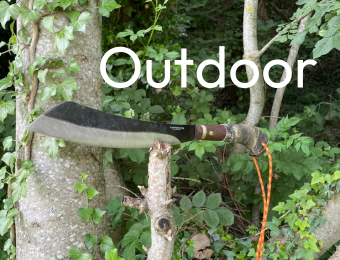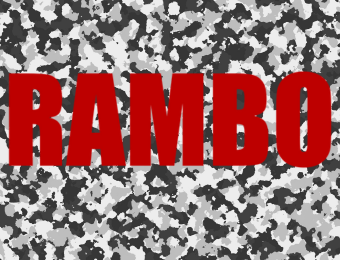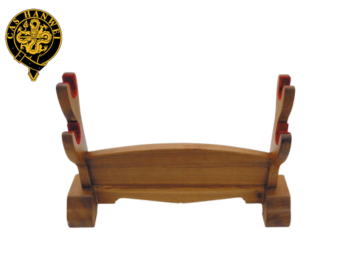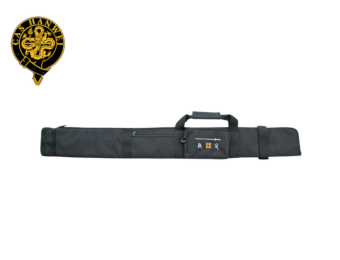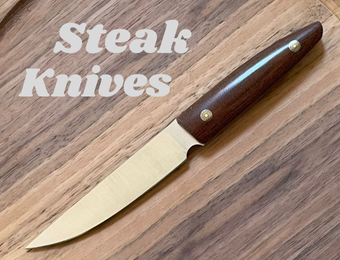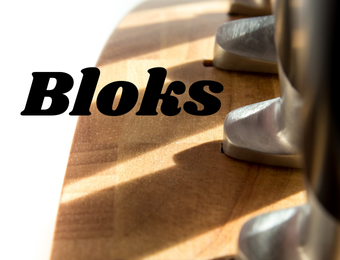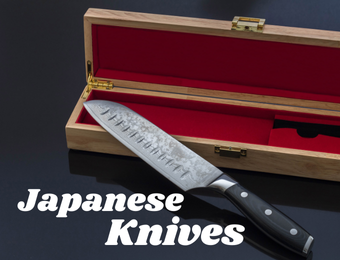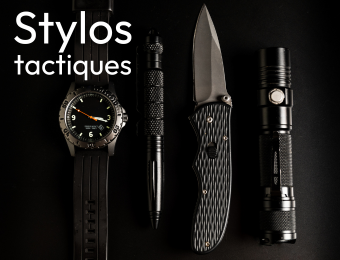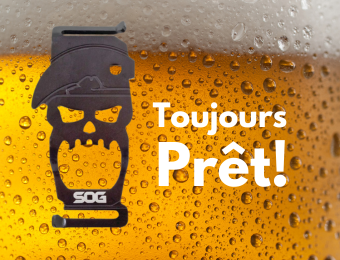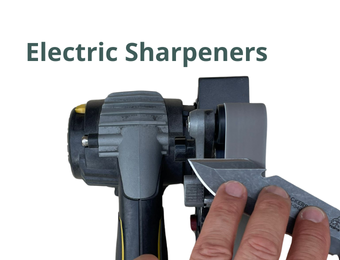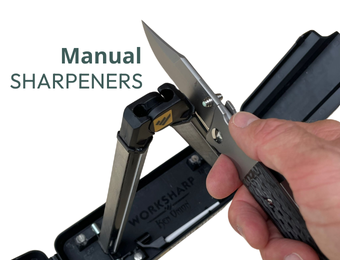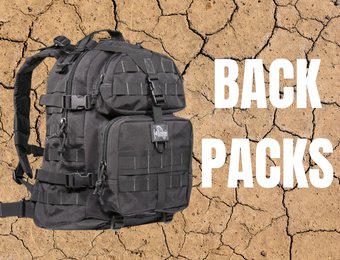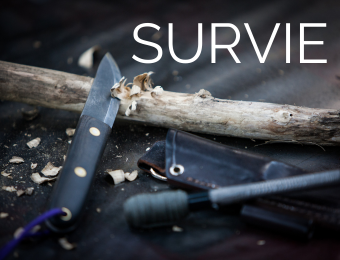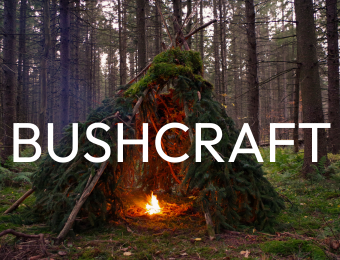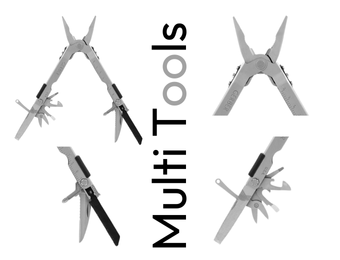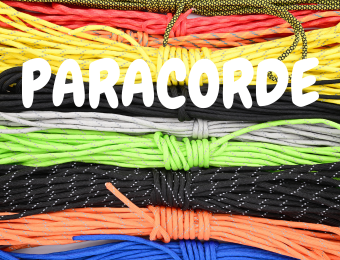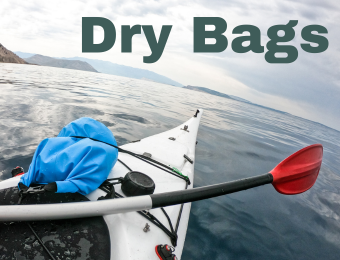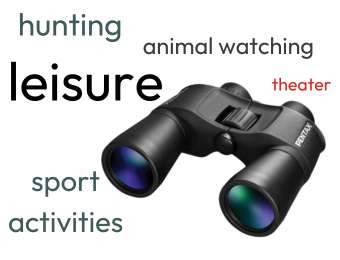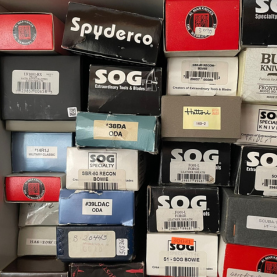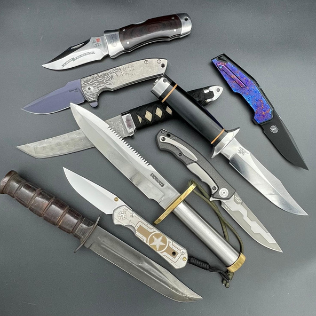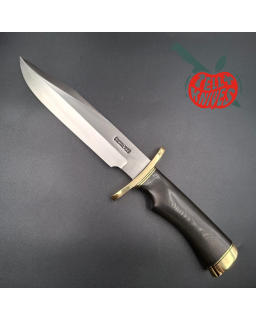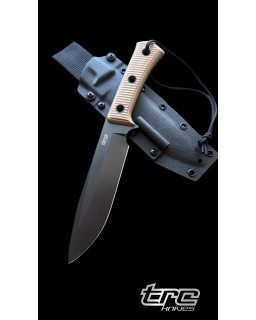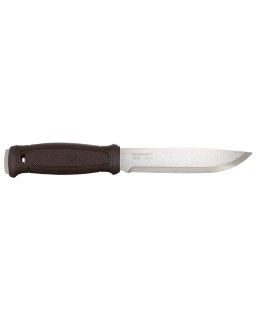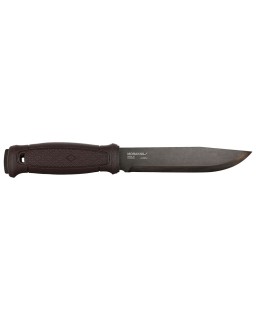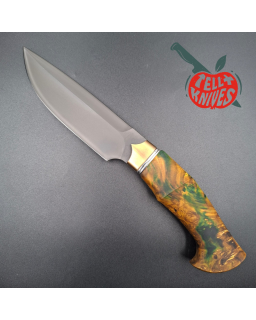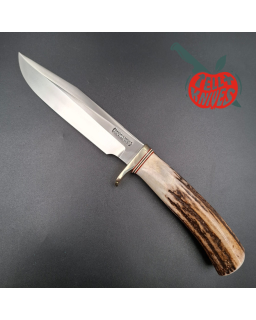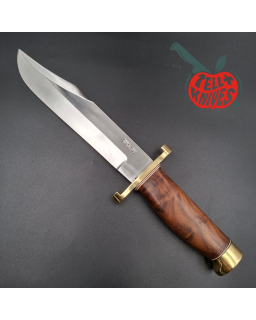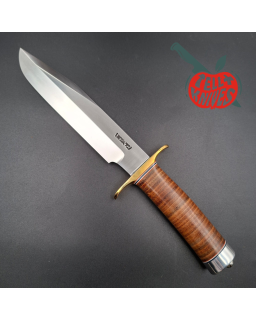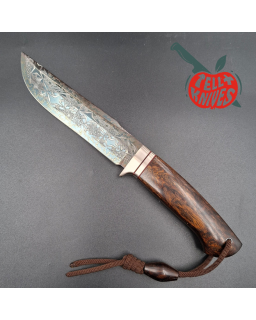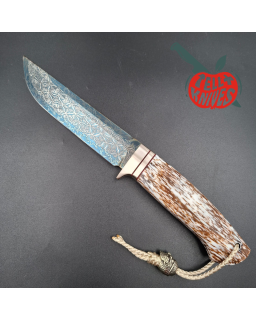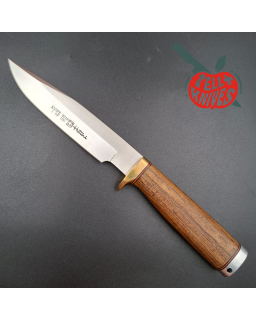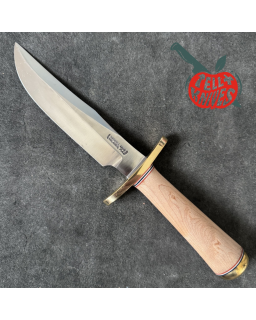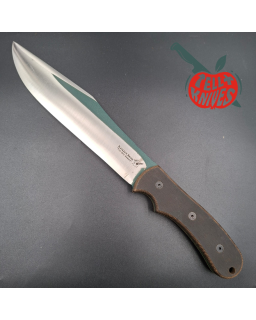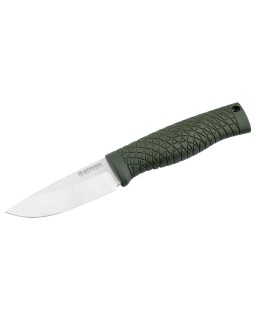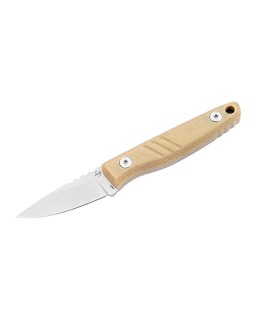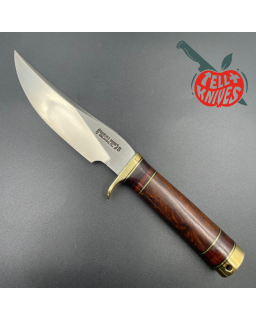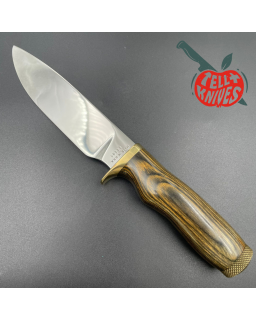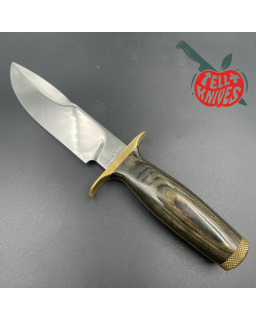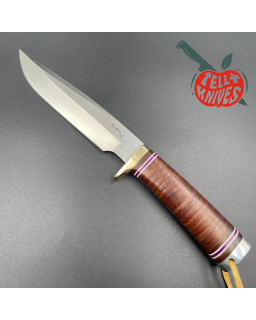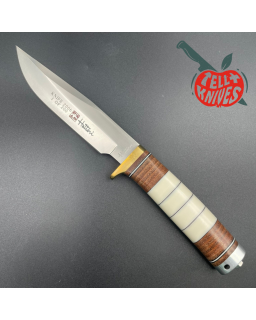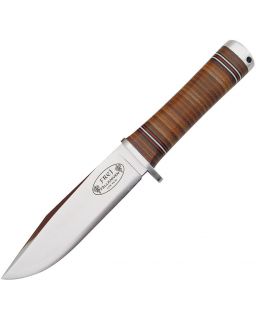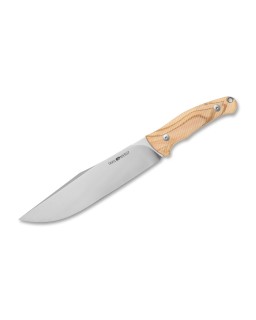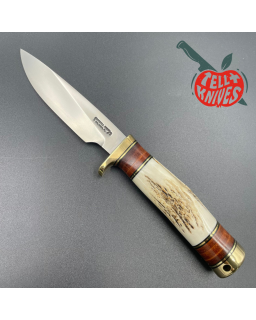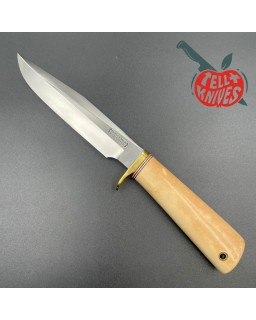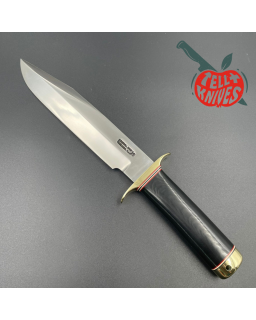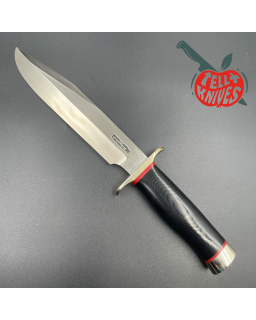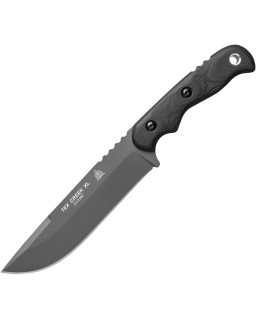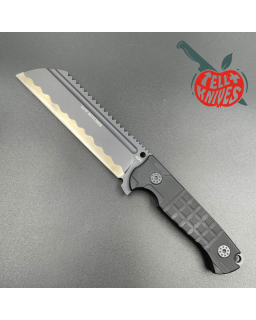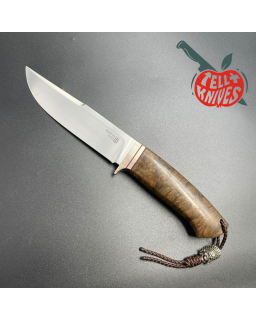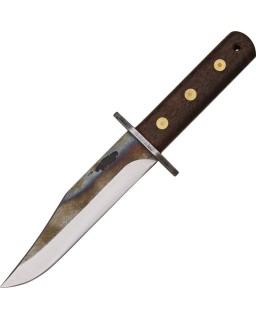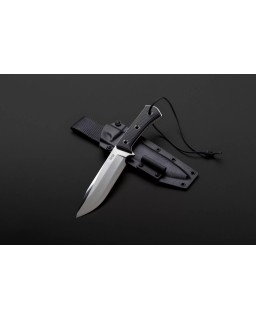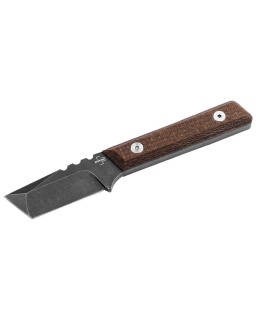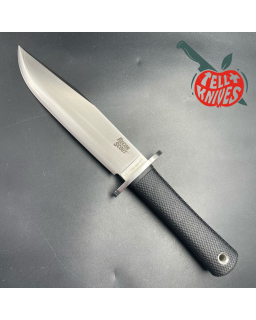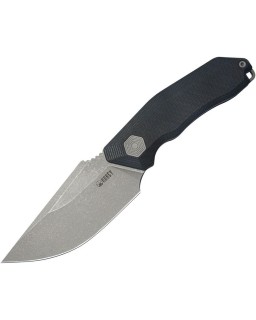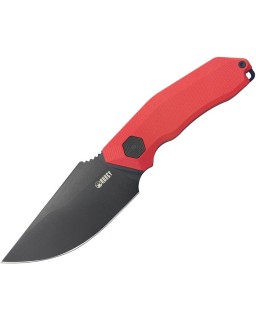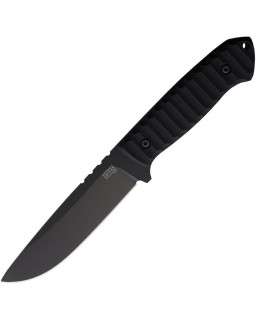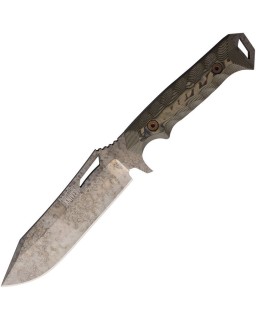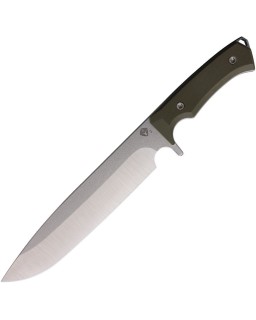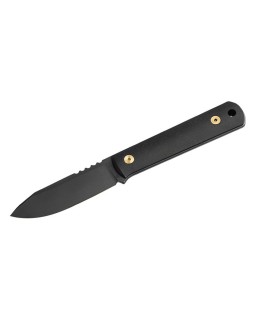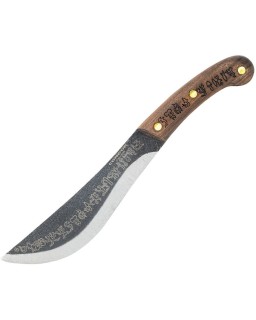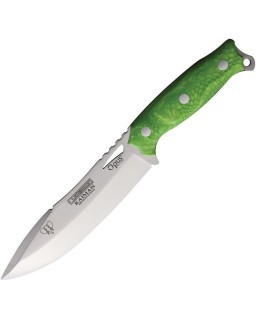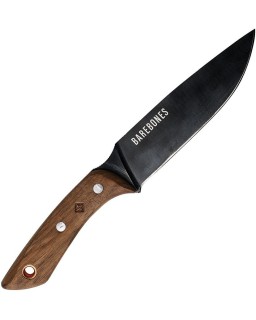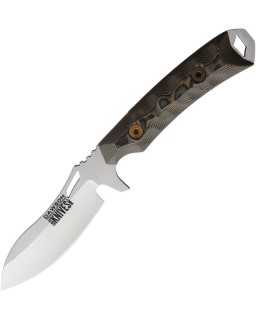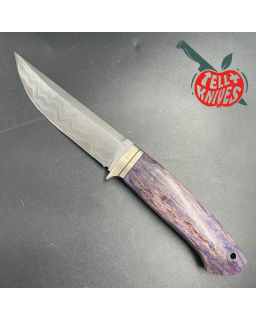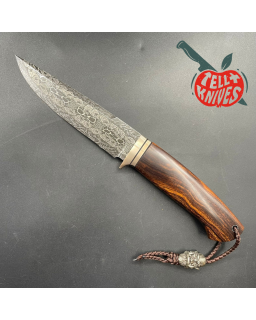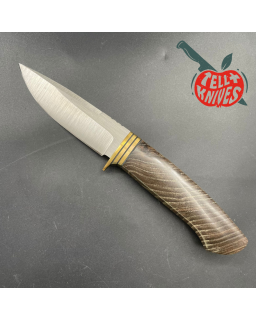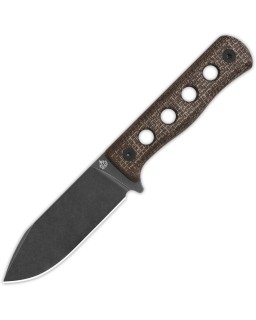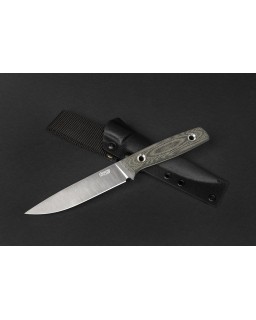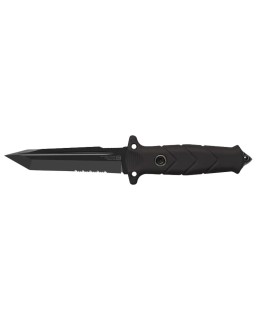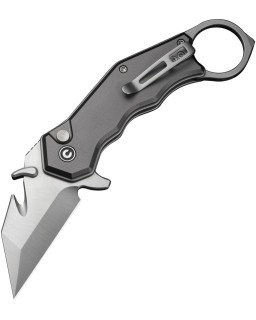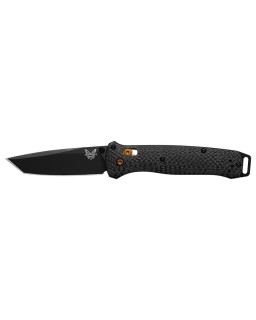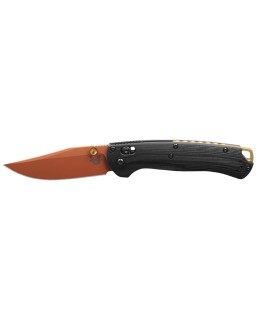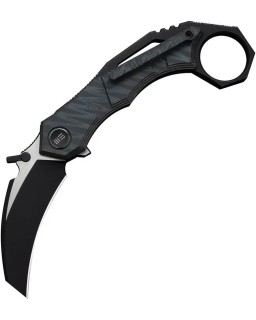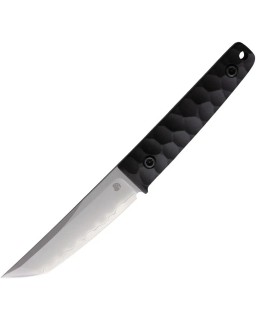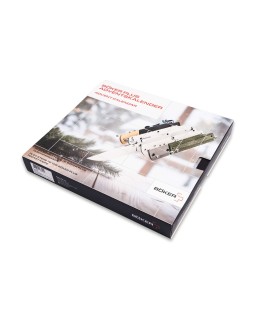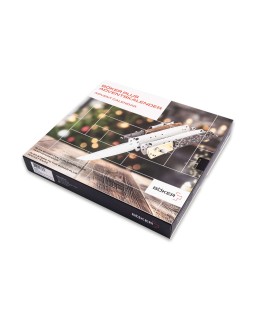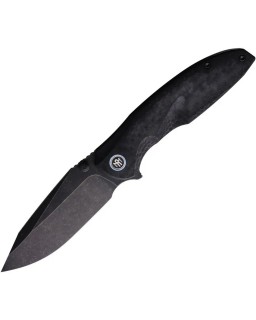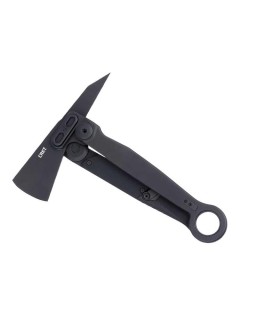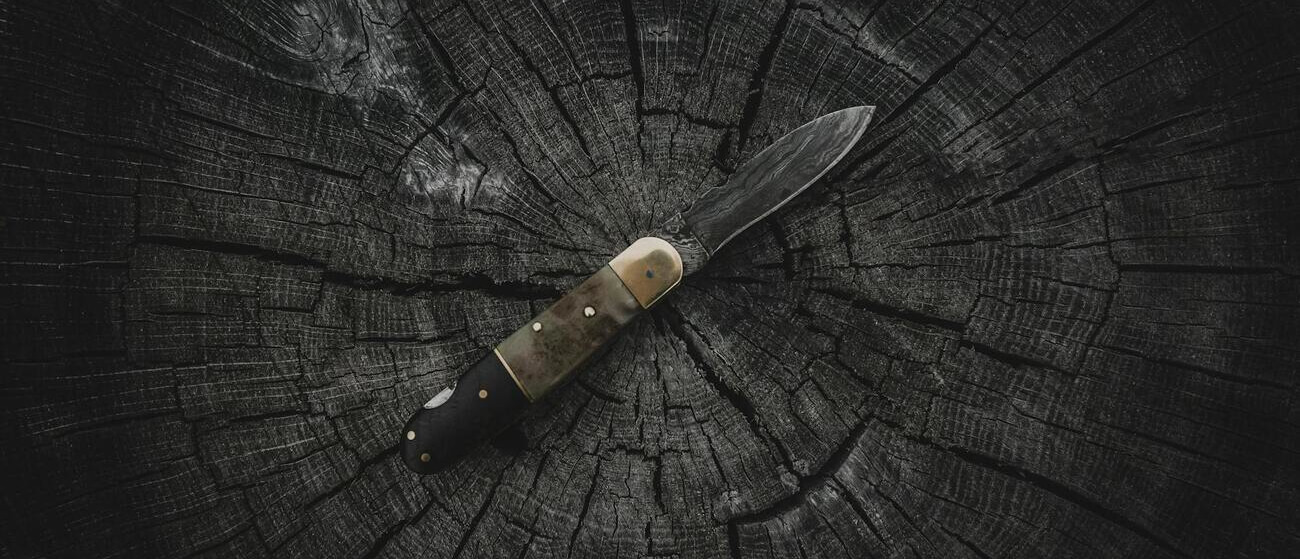Camp
229
Randall Made Knives
CHF1,190.00
TRC Knives
TRC Apocalypse ELMAX steel DLC black Finish Coyote G10 handle Special Production Run
CHF469.00
Morakniv
MORA Garberg Grand Stainless 14C28N steel satin finish maroon polymer handle brown leather sheath
CHF144.00
Morakniv
MORA Garberg Grand Carbone C100S steel DLC black finish maroon polymer handle brown leather sheath
CHF152.00
Michal Komorovsky Custom Knives
Michal Komorovsky Hunting Knife K390 steel Cryo treatment black DLC coating 62HRC stabilized maple wood handle brown lea
CHF760.00
Randall Made Knives
Randall Made Knives 1991 Model 5 - 6 Camp And Trail forged carbon steel stag handle nickel silver guard brown leather sheath
CHF890.00
Randall Made Knives
Randall Made Knives Model 12-9 Sportsman Bowie forged carbon steel walnut wood handle brass guard and pommel brown leather
CHF1,260.00
Randall Made Knives
Randall Made Knives Model 14 - 7.5 forged carbon steel 1 brass guard stacked leather handle brown leather sheath
CHF1,080.00
Sergey SHIDLOVSKIY Custom Knives
Sergey Shidlovskiy Custom Knives Model Sasquatch Mosaic Damascus blade Wenge wood handle brown leather sheath
CHF1,050.00
Sergey SHIDLOVSKIY Custom Knives
Sergey Shidlovskiy Custom Knives Model YETI Mosaic Damascus blue blade white epoxy stabilized oak wood handle
CHF1,000.00
Hattori
Hattori fixed blade 2018 Limited Edition 100pces Knife of the Year AUS-8 stainless steel brass guard and pommel bocote wood
CHF550.00
Randall Made Knives
Randall Made Knives Model 12 - 6 Little Bear forged carbon steel concave shape Maple wood handle Forward curved brass hilt
CHF1,080.00
Blackjack Knives
Blackjack Knives Tac Ops 8 1st Production Run 1095HC carbon steel full tang green micarta handle black kydex sheath
CHF230.00
Boker Solingen
BÖKER Solingen Bronco Mini fixed blade CPM-3V steel satin finish green handle black kydex sheath
CHF131.00
Böker Plus
BÖKER PLUS Five Point Nine fixed blade 440C stainless steel stonewash finish micarta handle black kydex sheath
CHF43.00
Randall Made Knives
Randall Made Knives Model 27 Trailblazer forged stainless steel stacked leather and ironwood handle brass guard and pomm
CHF1,090.00
Hattori
Hattori fixed blade HA6 All Purpose Hunter AUS-6 stainless steel brass guard stacked leather handle black leather sheath
CHF375.00
Hattori
Hattori fixed blade "2006 Knife of the Year" Wild Road Hunter VG-10 stainless steel brass guard stacked leather wood box
CHF900.00
Fallkniven
Frey fixed blade knife VGWOLF stainless steel stacked leather handle brown leather sheath
CHF375.00
Viper
VIPER Trail fixed blade N690 steel stonewash finish olive wood handle brown leather sheath
CHF184.00
Randall Made Knives
Randall Made Knives Model 26 - 4 Pathfinder forged stainless steel stag handle brass guard and pommel brown leather shea
CHF940.00
Randall Made Knives
Vintage Randall Model 5 - 6 Camp And Trail forged carbon steel white micarta handle with compass brass guard brown leath
CHF960.00
CHF890.00
Randall Made Knives
Randall Model 14 - 7.5 Attack forged stainless steel black micarta handle brass guard brass pommel brown leather sheath
CHF1,000.00
Randall Made Knives
Randall Model 14 - 7.5 Attack forged stainless steel black micarta handle nickel silver gard red liners brown leather sh
CHF970.00
TOPS
Tops Tex Creek XL full tang 1095HC carbon steel sniper gray finish blade black canva micarta handle brown leather sheath
CHF224.00
ADV Tactical
ADV Tactical SAW Butcher survival fixed blade knife full tang D2 steel black finish G10 handle saw teeth black kydex she
CHF330.00
Sergey SHIDLOVSKIY Custom Knives
Custom knife Bowie 14 forest fixed blade knife M390 premium steel amboyna wood handle leather sheath
CHF390.00
SVORD
Von Tempsky Ranger Bowie High Carbon steel full tang blade wood handle black leather sheath
CHF311.00
TRC Knives
Apocalypse CONVEX GRIND full tang ELMAX steel stonewash finish black G10 handle
CHF639.00
Cold Steel
Collector Recon Scout Bowie VG-1 SAN MAI steel Kraton handle with original box made by HATTORI Japan
CHF595.00
Kubey
Basilisk Fixed Blade Full Tang 14C28N stainless steel stonewash finish black G10 handle
CHF84.00
Kubey
Basilisk Fixed Blade Full Tang 14C28N stainless steel blackwash finish Red G10 handle
CHF84.00
ZA-PAS Knives
Ultra Outdoor Toxic Fixed Blade NMV carbon steel black G10 handle black kydex sheath
CHF114.00
Dawson Knives
GEN 2 Shepherd XL Full Tang CPM-MagnaCut Steel Monsoon Finish Ultrex Camo G10 handle Black kydex sheath
CHF415.00
Medford
Bonfire Full Tang Fixed Blade CPM-3V steel tumbled finish OD Green G10 handle OD green kydex sheath
CHF505.00
Boker Solingen
BFF Packlite Allblack Stargaze MagnaCut steel Full Tang Richlite Handle Black Kydex sheath
CHF148.00
Condor
Matato'a Knife Full Tang 1095HC carbon steel blade Condor classic finish walnut handle brown leather sheath
CHF134.00
Cudeman
Kaiman Fixed Blade N695 stainless steel full tang satin finish Green Juma handle black leather sheath
CHF198.00
Dawson Knives
Harvester Fixed Blade CPM-MagnaCut steel Ultrex camo G10 handle black kydex sheath
CHF245.00
Sergey SHIDLOVSKIY Custom Knives
S390 Damascus Blade Purple Karelian Birch wood handle brown leather sheath
CHF770.00
Sergey SHIDLOVSKIY Custom Knives
WOW Thrall Fighter Mosaic Damascus Arizona Ironwood handle brown leather sheath
CHF1,050.00
Sergey SHIDLOVSKIY Custom Knives
Modèle EDC 11 acier inox RWL 34 et bois précieux d'amarante
CHF370.00
QSP Knife
Canary Fixed Blade Full Tang Cr8Mo2VSi steel blackwash finish Dark Brown Micarta handle
CHF71.00
Have a look!
New

Shop 100% Swiss

Secure payment

Legal articles in Switzerland

Customer Service Approved

